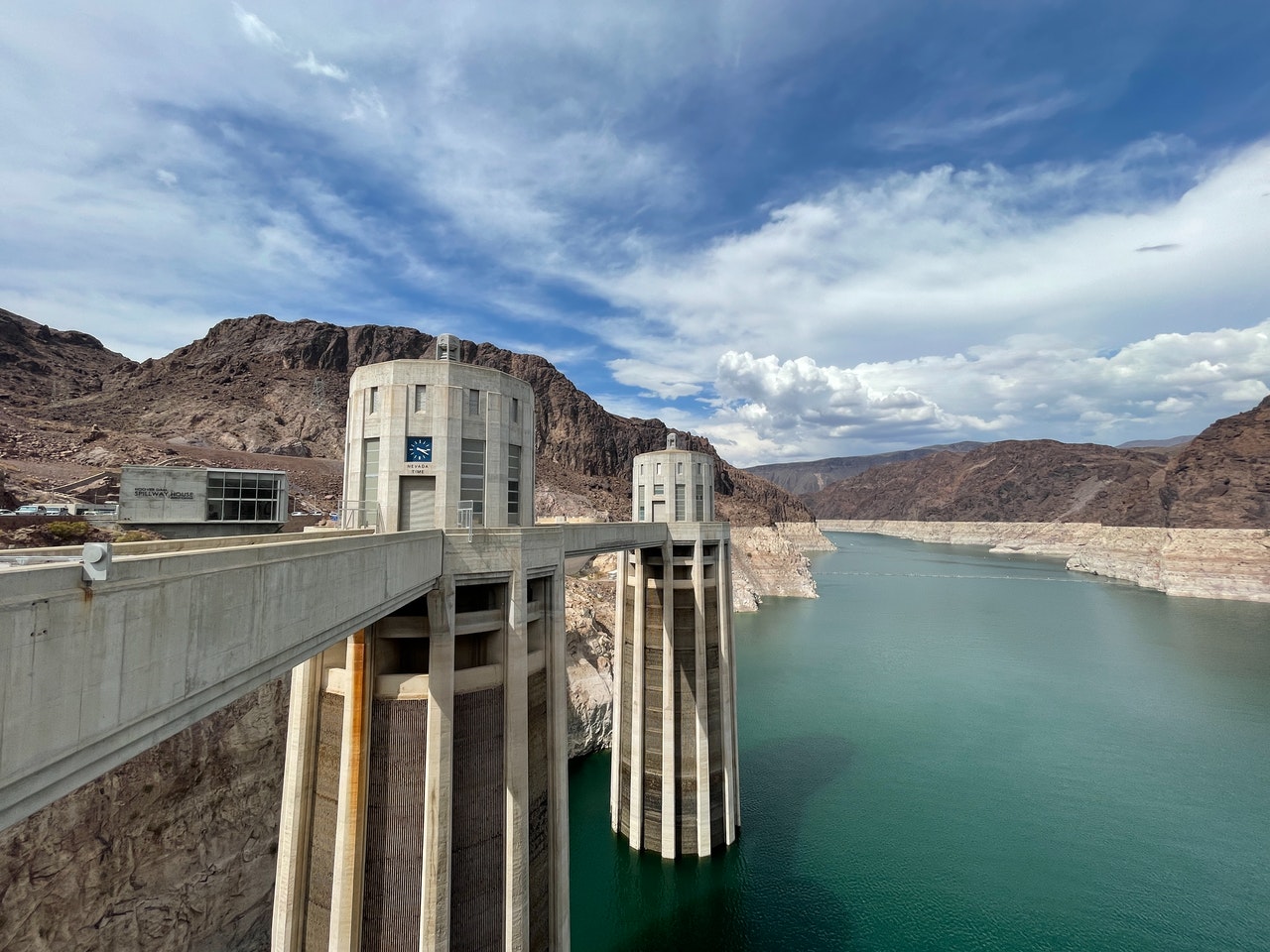Morocco invested $5.8 billion in renewables in 2021, according to the latest REN21 report on the global status of renewables in 2022, MWN reported.
Morocco is widely known for its ambitious but achievable renewable energy targets, which aim to increase the share of renewable energy in electricity generation to 52% by 2030 and 100% by 2050.
The Moroccan targets extend to other economic activities, with targets set for the share of renewable energy in the economy to reach 52% by 2025 and 64% by 2030.
The North African country aims to cut greenhouse gas emissions by 2030 to achieve zero emissions in Rabat, Bensliman, and Chefchaouen.
The report states that Morocco is the leading country in the region, along with Jordan and Israel, regarding the share of renewables in total final energy consumption. It is also the regional leader, along with Iran and Egypt, in terms of installed renewable energy capacity.
In 2021, the Kingdom increased its installed capacity by 0.6 GW to 4 GW — “enough to power Zambia,” the report said. This made Morocco the 57th country with the largest installed renewable energy capacity in the world, the report said.
The North African country competes in this category with world leaders, including China, which topped the list ahead of the US, Brazil, India, and Germany.
Morocco also ranked 55th in the world regarding the share of renewable energy in total final energy consumption at the end of 2019, putting the country well behind leaders such as Iceland, Norway, Sweden, Tajikistan, and Brazil.
As Morocco works to expand its renewable energy capacity and decarbonize its industry to achieve zero emissions by 2030, the country is currently facing an energy crisis.
This year, “the global transition to clean energy is not happening” due to a global stagnation in the total share of renewable energy in global final energy consumption, the REN21 report says, noting that this percentage has increased “minimal” from 10.6% in 2009 to 11.7% in 2019.
While many experts hoped that the transition to “green” technologies would begin after the pandemic, REN21 found that the economic recovery in 2021 increased final energy consumption by 4%, “offsetting the growth of renewable energy.”
The report also states that as of 2019, the share of renewable energy in final energy consumption was low, with green energy use limited to only 11.2% for heating and cooling, 3.7% for transport, and 28% for energy use.
These three sectors represent the primary uses of energy, with heating and cooling still accounting for 51% of total final energy consumption, ahead of transport (32%) and electricity (17%).
While global energy consumption is growing, the global commitment to zero emissions launched at COP 26 has not been enough to concretize policies that can help reduce greenhouse gas emissions and countries’ dependency on fossil fuels.
REN21 noted, for example, that only 84 of the 135 participating countries have set economy-wide renewable energy targets, while only 36 have set 100% renewable energy targets.
The current energy crisis, which began at the peak of the COVID-19 pandemic and was exacerbated by the war in Ukraine, poses an additional challenge for the transition to green energy.

